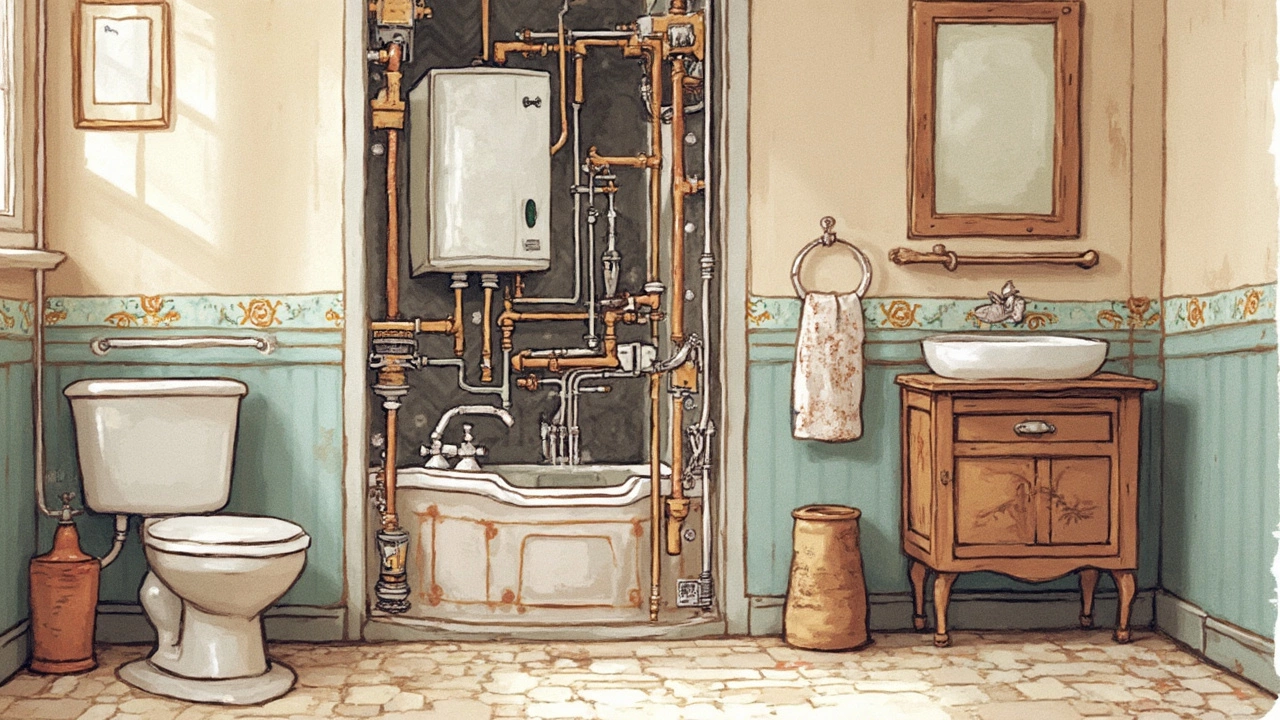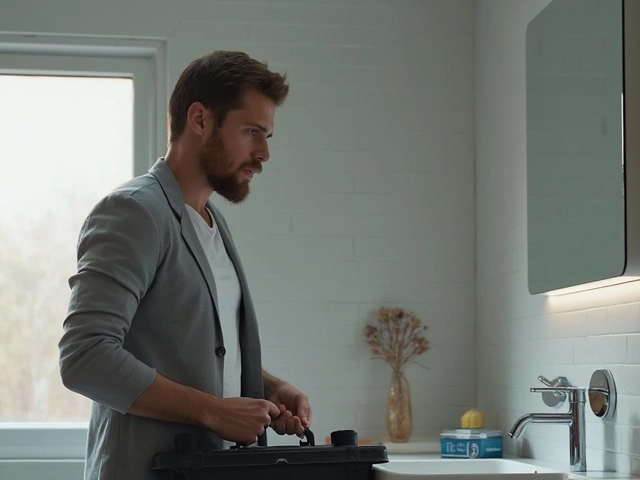If your oven, hob or water heater isn’t getting hot, the culprit is often the heater element. It’s the metal coil that turns electricity into heat, and when it fails, the whole appliance can feel useless. Understanding how it works and what to look for can save you a call to a repair service and a hefty bill.
Heater elements are built to last, but they’re exposed to high temperatures, moisture and regular on/off cycles. Over time the metal can crack, burn out or become coated with mineral deposits. When that happens, you’ll notice slower heating, uneven temperatures or no heat at all.
Watch for these red flags:
If you see any of these, the element is probably the problem. A quick visual inspection—once the appliance is unplugged—can confirm it. Look for broken wires, blackened spots or obvious gaps in the coil.
Replacing an element isn’t rocket science, but you do need a few basics:
Here’s a simple walkthrough:
Most homeowners can finish this in under an hour. The key is to keep track of screw locations and wire order – a photo before you start helps.
If the element keeps failing, there may be an underlying issue like a faulty thermostat, poor wiring or excessive moisture. In those cases, calling a qualified technician is the smart move.
Bottom line: a bad heater element shows up as no heat, longer cooking times, or a burnt smell. With the right tools and a bit of caution, you can replace it yourself and get your appliance back in action. When in doubt, let a professional handle the job to avoid damage or safety hazards.

A failing water heater element can leave you in the chilly lurch just when you need a warm shower. Learn how to diagnose the problem with simple, straightforward steps. This guide covers common symptoms, testing methods, and practical tips for handling a faulty element. We'll explain what's involved and offer insights for DIY repair or knowing when to call a professional.

Thinking about replacing your electric oven on your own? This article breaks down what you need to know about doing it yourself— from basic safety to common pitfalls. Learn how tricky the process can get, which tools you might need, and when it's smarter to call a pro. Get tips to save money and avoid kitchen disasters. Designed for anyone who values a good meal and a working oven.

This article breaks down what an appliance standard really is and why it matters when you’re buying or servicing home appliances. You’ll learn about the rules that keep appliances safe and efficient, plus tips for spotting compliant models. It explains how standards affect your bills and the planet. Real-world examples make it clear and easy to understand. Use this guide to make smarter choices about your appliances.

Discover who to call when your bathroom extractor fan starts acting up. This article explores whether to hire a professional electrician or tackle it yourself, highlighting common issues and maintenance tips. You'll also learn why keeping your fan in top shape matters more than you might think.

Why would a freezer suddenly stop working? This article uncovers the most common reasons, from electrical hiccups to sneaky broken parts. Get clear tips to troubleshoot on your own before calling in the pros. You'll also find surprising facts—like a forgotten coin trick to check freezing power. Whether it's food loss or a mystery beep, you'll get straight answers and a path to a cold fix.

When it comes to microwaves, understanding their lifespan is crucial for homeowners looking to make informed decisions about maintenance and replacement. This article delves into the essential factors that affect the longevity of microwaves, offering practical tips on extending their lifespan and recognizing when it's time for a new one. You'll learn about common signs of wear and tear, the importance of proper usage, and how regular servicing can enhance performance. Discover how to keep your microwave running efficiently and what to do when repairs are inevitable.